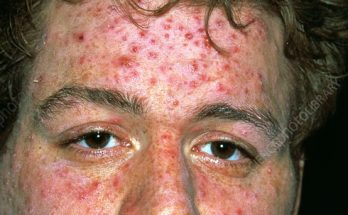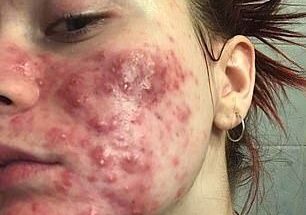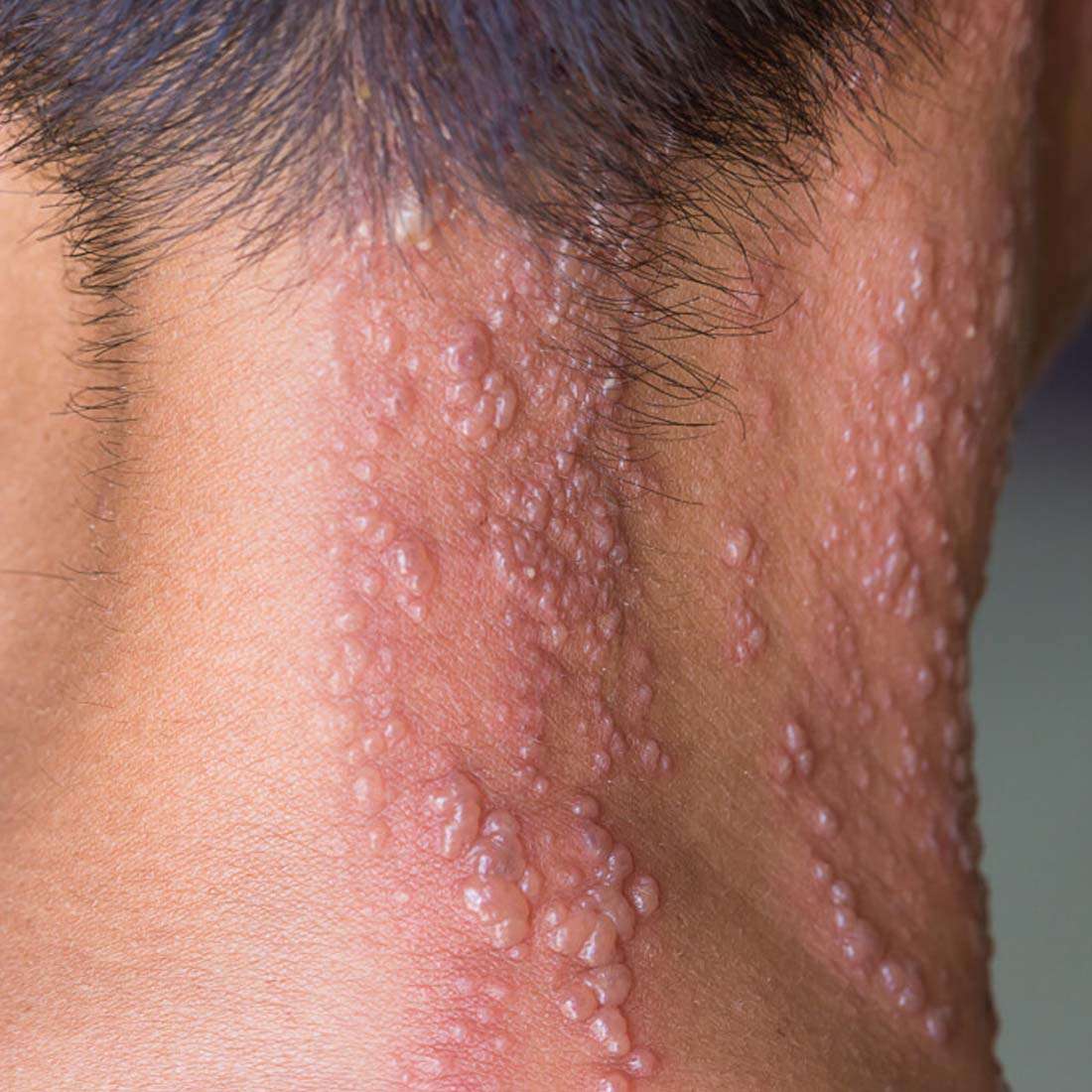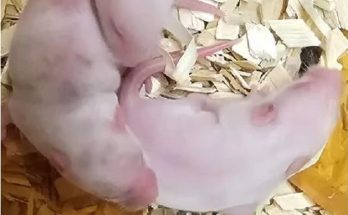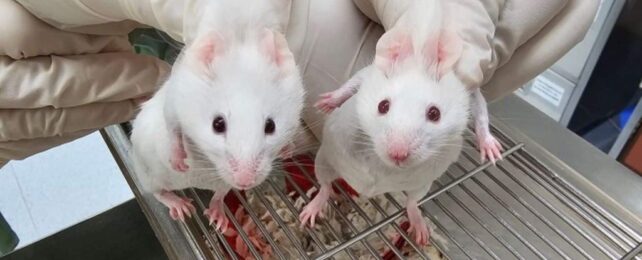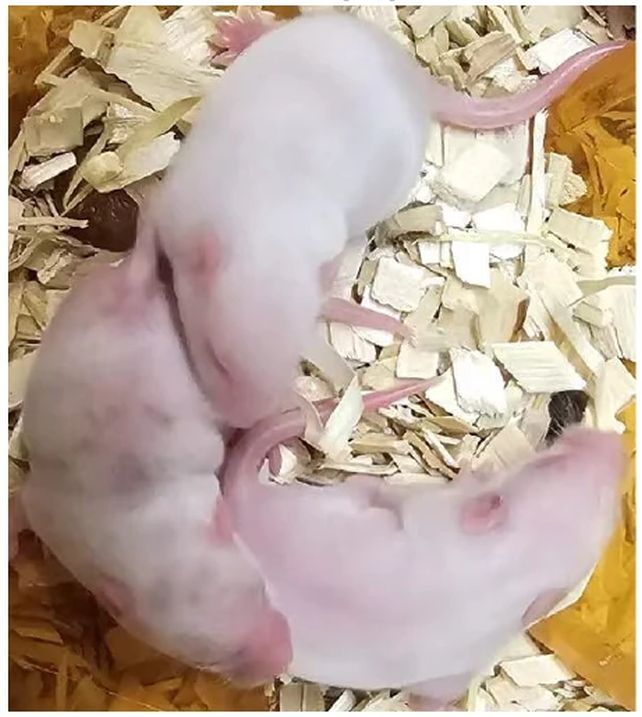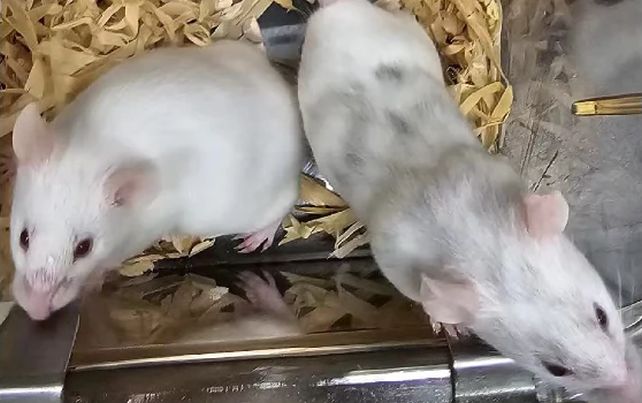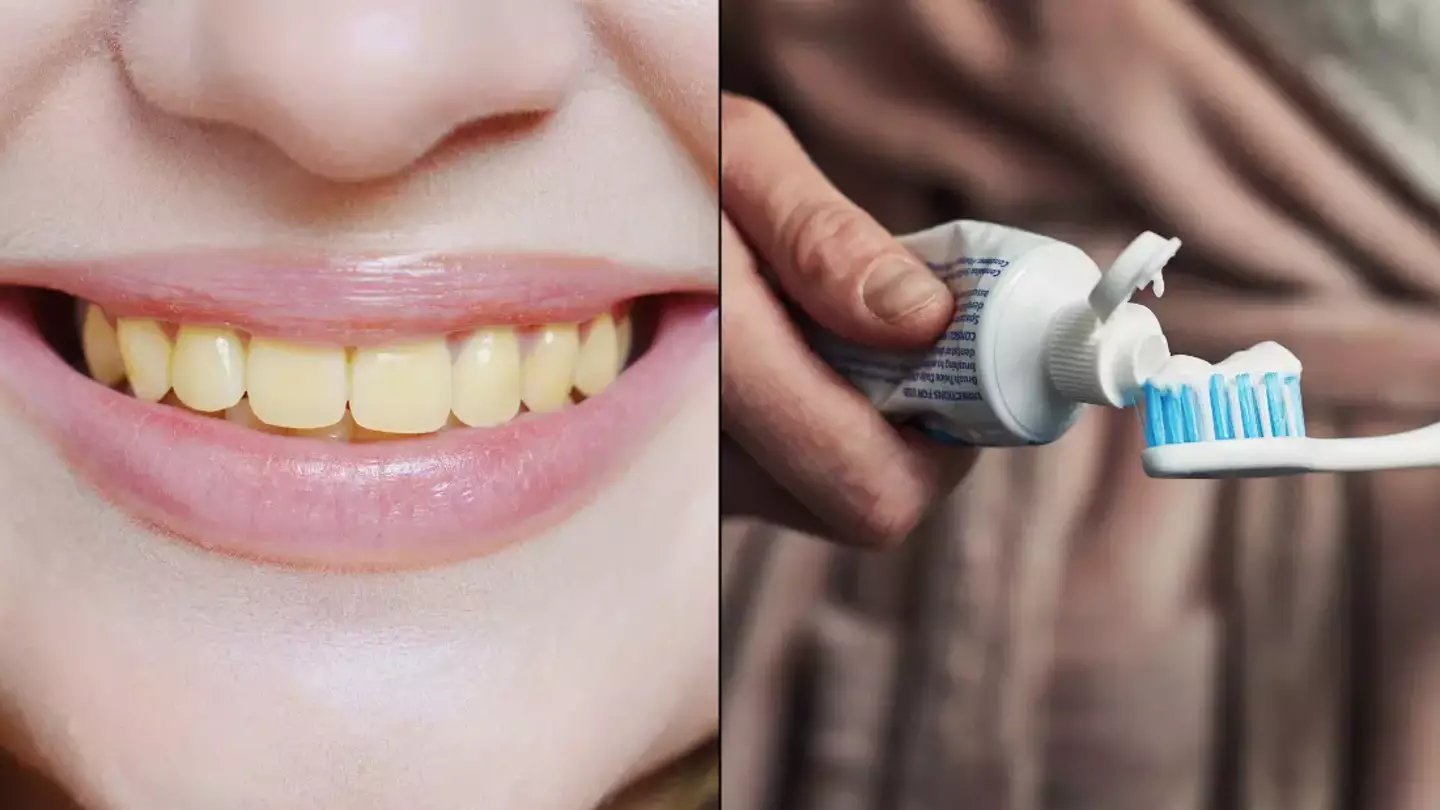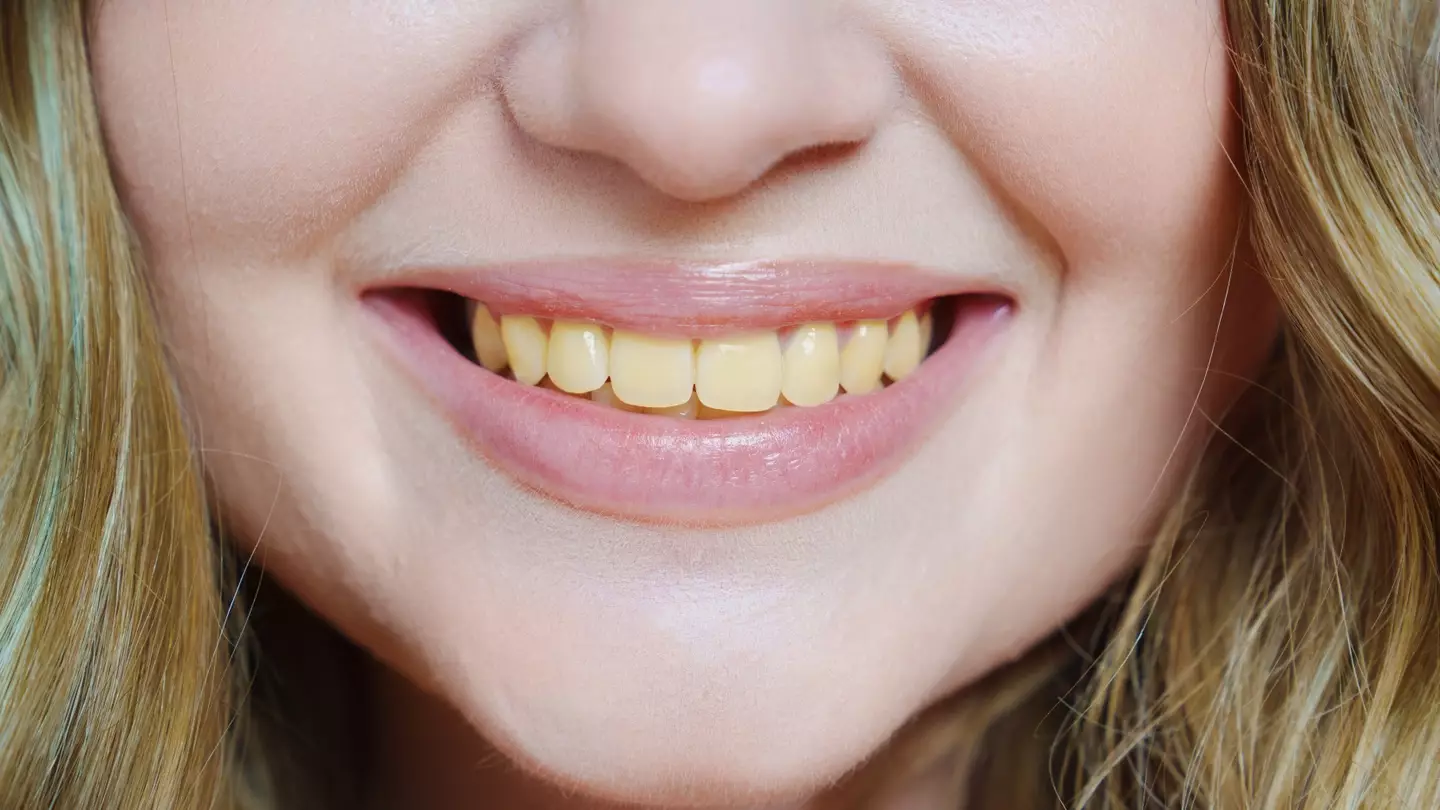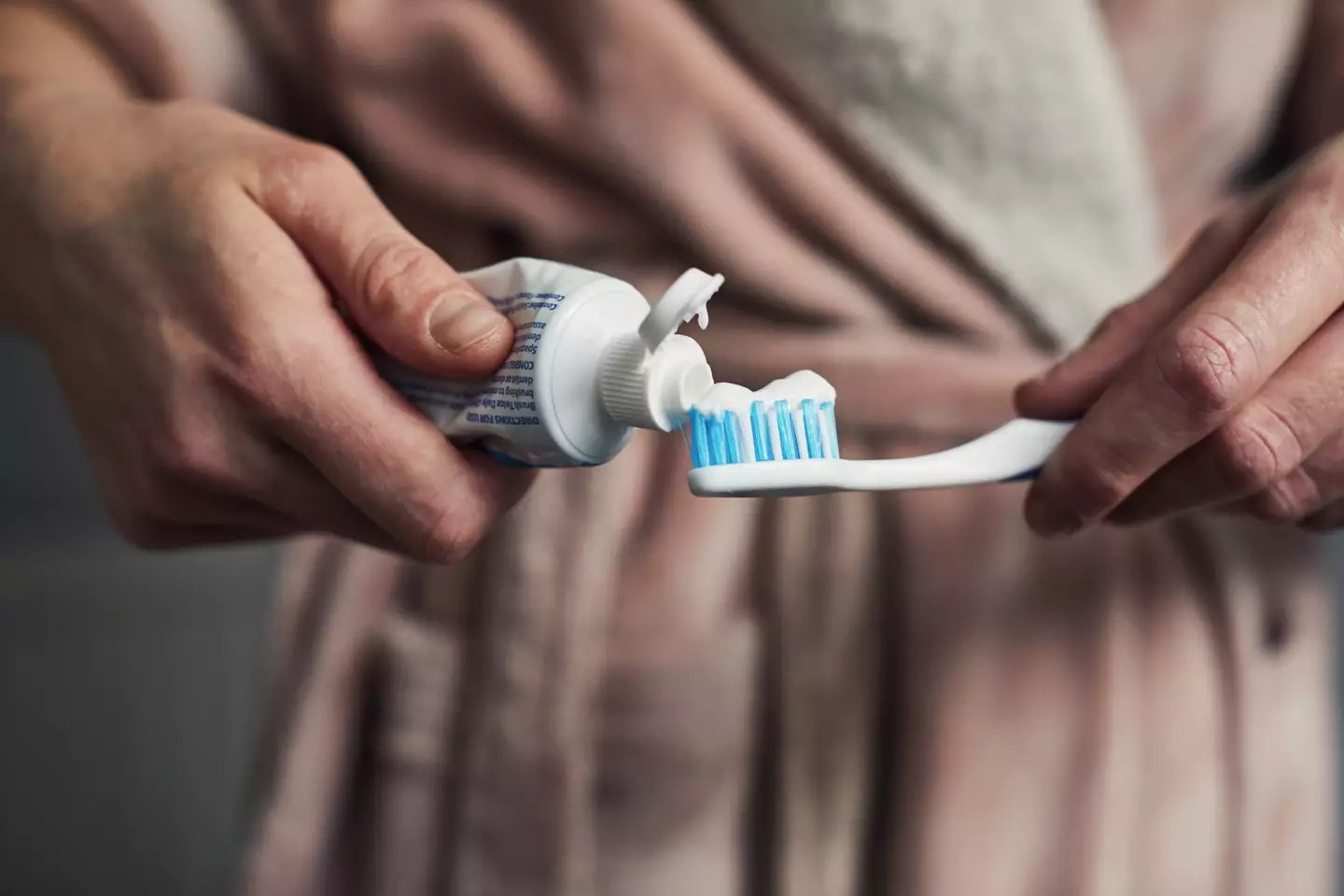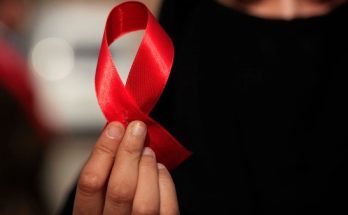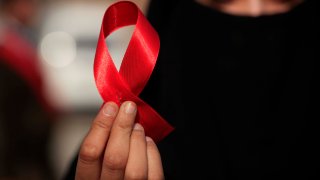Perioral dermatitis is a skin condition that causes a rash around the mouth. Perioral dermatitis may also occur around the eyes, nose, or genitals, but this is much less common. Treatments may include certain creams, lotions, or gels.
Dermatitis refers to an inflammation of the skin, while perioral means around the mouth.
Perioral dermatitis is most common in females between the ages of 20 and 45 yearsTrusted Source. Older adults, males, and children can also have the condition, but it happens less frequently.
Perioral dermatitis belongs to the broader category of periorificial dermatitis, which can affect the skin predominantly around the eyes, the nostrils, the mouth, and occasionally the genitals.
However, when medical professionals discuss the condition affecting specifically the skin around the mouth, they use the term perioral dermatitis.
In most cases, perioral dermatitis affects young adults and adult females up to the age of 45Trusted Source. But when it affects children, health experts call it childhood perioral dermatitis.
Lupoid perioral dermatitis is a more severe version that results in a person developing denser groupings of bumps that can be red and brown on both light and darker skin tones.
Another related type of condition is granulomatous periorificial dermatitis. While it primarily occurs inTrusted Source children with darker skin tones, it can also present in children with light skin tones. It usually appears as flesh-colored, yellow-brown papules.
Perioral dermatitis is a rash that developsTrusted Source around the mouth and tends to be bumpy or scaly.
These bumps generally do not affect the skin right next to the mouth but appear a short distance away from the lips. They may also form a ring around the mouth.
Sometimes the rash can appear around the nose or eyes. It can occasionally appear around the genitals too, but this is rare.
What does it look and feel like?
Some people with perioral dermatitis may only get a few bumps, and their rash may not be very discernible. Others may have many lumps forming a noticeable rash.
The bumps may be skin colored or hyperpigmented and may appear red or pink in people with fair skin. Although they might resemble pimples, the bumps are not the same as acne. The rash may look inflamed, with the underlying and surrounding skin appearing red, pink, or flesh toned.
The rash may be itchy or non-itchy, but it does not usually hurt. Some people with perioral dermatitis may feel tightness or mild burning in the affected skin, which may be dry or flaky.
Granulomatous periorificial dermatitis is more common in darker-skinned people, who may experience less evident skin flushing and color changes. This condition has associations with burning, so individuals with darker skin may experienceTrusted Source this symptom more frequently.

Photo by DermNet New Zealand

Photo by DermNet New Zealand

Photo by DermNet New Zealand

Miroslav Lukic/Shutterstock

© 2021, Diehl et al/NCBI

The Korean Dermatological Association and The Korean Society for Investigative Dermatology/NBCI
There is no underlying condition that causes perioral dermatitis, and it is not contagious. Although the exact cause is unknownTrusted Source, researchers think it may relate to the use of topical corticosteroids.
Topical corticosteroids are steroid ointments, creams, or gels that people use to treat skin conditions. However, individuals should only ever use topical corticosteroids as a short-term treatment, and most of them are not suitable for applying on the face. Sometimes, a person uses corticosteroids for longer than they should or use them on their face. This can result in skin damage.
A 2021 studyTrusted Source showed that topical corticosteroids may have a link to a variety of skin conditions, including perioral dermatitis. Research from 2017Trusted Source that explored the effects of the misuse of topical corticosteroids on facial skin also showed that perioral dermatitis was one of the adverse effects.
Additional possible causes of perioral dermatitis may include:
- a problem with the skin’s protective barrier
- a change in the bacteria on the skin
- bacteria getting into the hair follicles
- an allergic reaction
- irritation resulting from a skin care product or fluorinated toothpaste
- hormonal changes
- strong winds
- UV light
- in children:
- lip licking and chewing
- thumb sucking
- drooling
- chewing gum
- inhalingTrusted Source nasal steroids
More research is necessary to understand the exact causes of perioral dermatitis, but using heavily-scented toiletries or skin care products or wearing heavy makeup can trigger the condition.
Other possible risk factors can include young age, being female, hormonal imbalance, topical steroid use, and a history of allergies.
